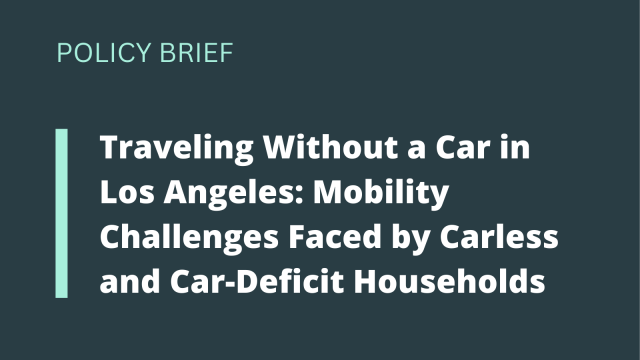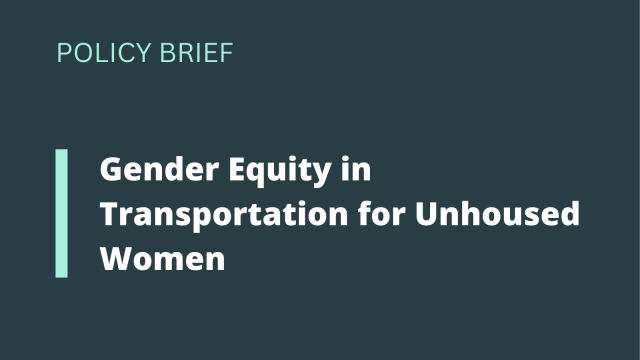Understanding the Barriers to Outdoor Dining in Los Angeles Neighborhoods
On May 29, 2020, then-Mayor Eric Garcetti launched the temporary L.A. Al Fresco program to encourage outdoor dining options for economically distressed eateries during the COVID-19 pandemic. L.A. Al Fresco allowed for expedited permitting and temporarily halted the enforcement of certain zoning regulations. The four outdoor dining options eateries could use in an attempt to stay open during the pandemic were curbside dining, sidewalk dining, dining in the street, and expanded outdoor private property. Since the program’s inception, Los Angeles has had the goal of 50% of participating restaurants to come from disadvantaged communities (defined by Senate Bill 535 as communities with a large pollution burden based on geographic, socioeconomic, public health, and environmental hazard criteria). However, the L.A. Al Fresco program could not achieve that goal and always hovered around a 33% participation rate in disadvantaged communities. The barriers that burden underinvested neighborhoods will continue as the city shifts to a permanent Al Fresco program unless policy or action is implemented. This study explored the barriers disadvantaged communities face in applying to the L.A. Al Fresco program and offers solutions to increase program participation in these communities.



